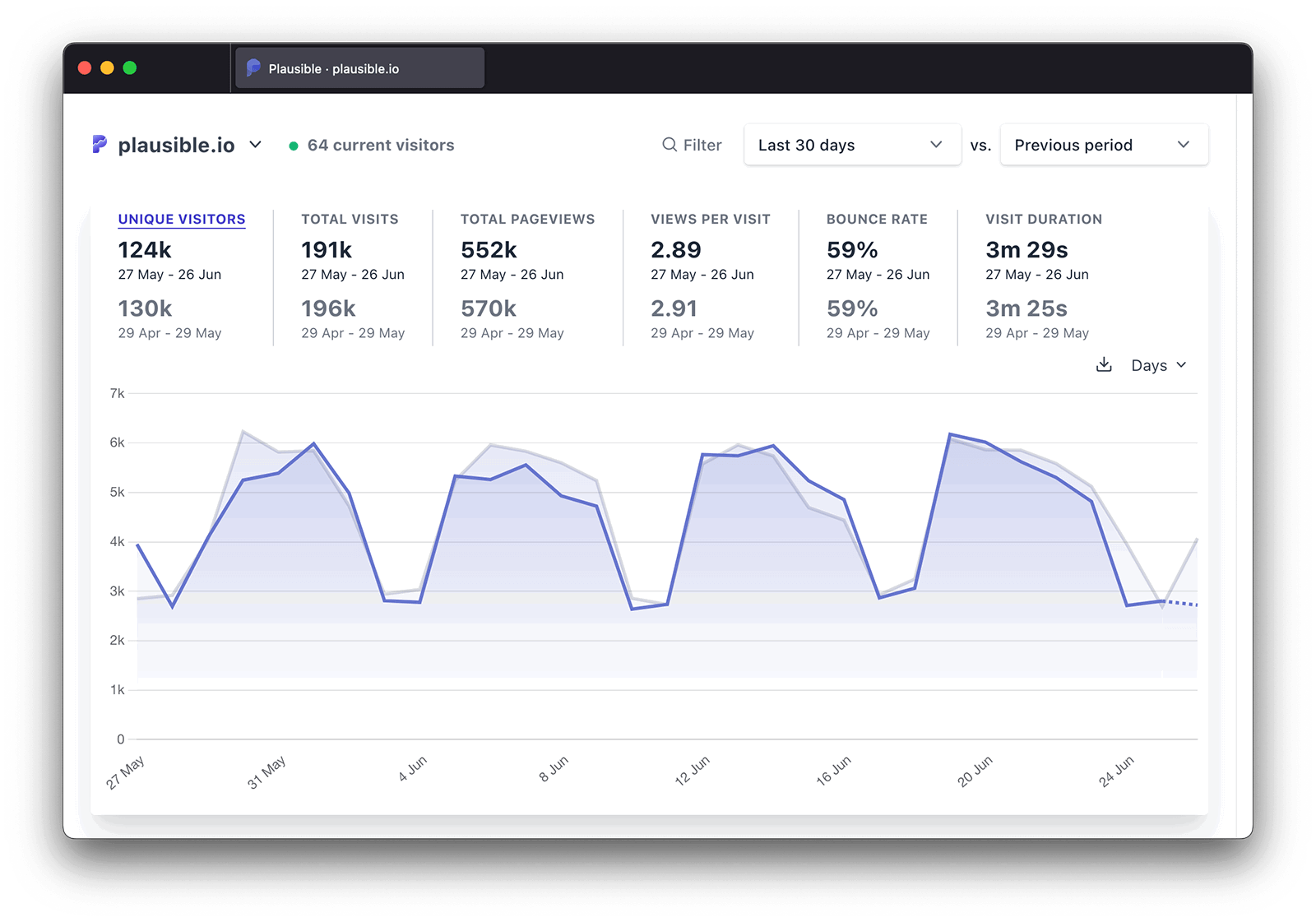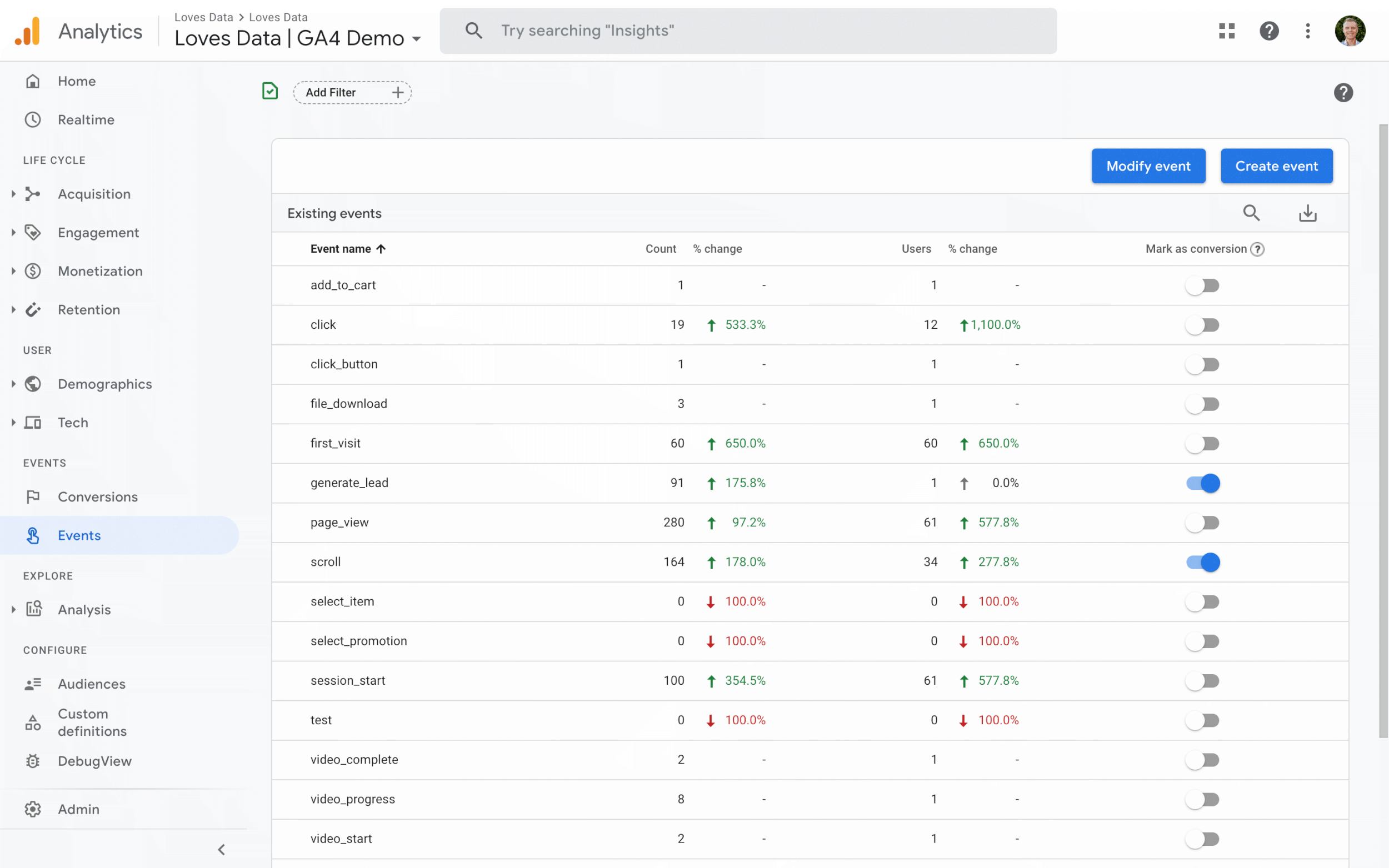When Does the Google Analytics Tracking Code Send an Event Hit to Analytics? Timing and Best Practices Explained
When Does the Google Analytics Tracking Code Send an Event Hit to Analytics? Timing and Best Practices Explained
Blog Article
Optimize Your Web Site Performance With Google Analytics Monitoring Code
In the digital landscape, comprehending individual communications with your internet site is vital for optimization. This critical implementation not only notifies your decisions but likewise paves the means for a more engaging user experience.
Recognizing Google Analytics
Understanding Google Analytics is vital for web site proprietors and marketers aiming to enhance their on-line visibility. This effective device provides vital insights into individual behavior, enabling stakeholders to make data-driven decisions. By tracking various metrics, such as page views, bounce rates, and customer demographics, Google Analytics assists determine which elements of a website are doing well and which need enhancement.
One of the key features of Google Analytics is its capacity to section data. Customers can evaluate traffic resources, individual interaction, and conversion prices across various segments, such as geographical places or device types. This granularity allows marketers to customize their methods to particular audiences, consequently boosting the efficiency of their campaigns.

Establishing Monitoring Code
To harness the full possibility of Google Analytics, establishing the tracking code properly is an essential step. The monitoring code, a bit of JavaScript, makes it possible for Google Analytics to gather data concerning individual communications on your site. To start, log in to your Google Analytics account and browse to the Admin section. Under the Residential or commercial property column, pick "Tracking Info" and afterwards "Tracking Code." Below, you will locate your one-of-a-kind tracking ID, which starts with "UA-" followed by a series of numbers.
Next, you'll need to install this code right into the HTML of your site. Preferably, put the monitoring code prior to the closing tag on every web page you desire to keep an eye on. If you're using a content administration system (CMS) like WordPress, take into consideration using plugins that facilitate simple assimilation.
After applying the code, it's essential to validate its functionality. Utilize the "Real-Time" reports in Google Analytics to verify that data is being accumulated as anticipated. By making sure appropriate arrangement, you develop a solid foundation for reliable data analysis and calculated decision-making to boost your website's performance.
Key Metrics to Monitor
Consistently keeping an eye on vital metrics in Google Analytics is crucial for assessing your website's efficiency and user engagement. Among the fundamental metrics to track are web page sights, which give insight right into just how usually customers check out various web pages on your site. Furthermore, distinct visitors help you understand the reach of your content by indicating just how several unique individuals are involving with your site over a given duration.
Bounce rate is another crucial metric, exposing the portion of visitors who leave your website after watching just one page. A high bounce rate might signal issues with material significance or customer experience. Alternatively, session period indicates how much time site visitors remain on your site, aiding you assess content performance and customer rate of interest.
Conversion rates are essential for determining the success of your website in attaining details goals, such as kind submissions or item find more purchases (when does the google analytics tracking code send an event hit to analytics?). Checking traffic resources is also vital, as it helps determine which networks drive the most traffic and conversions, permitting for more targeted advertising and marketing techniques
Studying Visitor Actions

Furthermore, tracking customer paths through the website helps disclose typical navigating patterns. This info is essential in establishing whether individuals can conveniently discover the material they look for or if they experience recommended you read barriers that result in aggravation. Identifying high exit web pages can highlight locations that may require redesign or more engaging material to maintain site visitors.
In addition, segmenting users based upon demographics, rate of interests, and actions offers a much deeper understanding of the target audience. This segmentation enables organizations to tailor material and advertising and marketing techniques better, increasing the probability of conversions. Inevitably, analyzing click here to find out more visitor actions not just informs web site improvements but also cultivates a more user-centric technique, leading to improved fulfillment and commitment over time.
Carrying Out Data-Driven Changes
Executing data-driven modifications is crucial for enhancing website performance and accomplishing service goals. By leveraging understandings collected from Google Analytics, services can identify areas for improvement and make informed decisions to optimize user experience.
First, assess key efficiency indications (KPIs) such as bounce prices, session period, and conversion prices to determine specific concerns influencing customer involvement - when does the google analytics tracking code send an event hit to analytics?. For example, a high bounce rate on a landing page might show that the web content is not reverberating with site visitors or that the web page takes as well long to load

Verdict
To conclude, the application of Google Analytics tracking code is necessary for maximizing web site performance. By precisely checking customer habits and crucial metrics, beneficial insights can be acquired, assisting in data-driven decision-making - when does the google analytics tracking code send an event hit to analytics?. This procedure not only improves user experience yet also lines up with broader business purposes. Continuous analysis and subsequent adjustments based upon gathered information will certainly bring about continual renovations, eventually adding to the total performance and success of the internet site.
By tracking numerous metrics, such as web page views, bounce rates, and individual demographics, Google Analytics helps identify which facets of an internet site are executing well and which require renovation.
Customers can examine web traffic sources, customer engagement, and conversion rates across different sectors, such as geographical places or tool kinds. The monitoring code, a fragment of JavaScript, enables Google Analytics to collect data concerning individual interactions on your internet site.Routinely monitoring key metrics in Google Analytics is crucial for analyzing your web site's performance and customer interaction. By leveraging Google Analytics, web site owners can obtain useful insights right into how users engage with their website.
Report this page